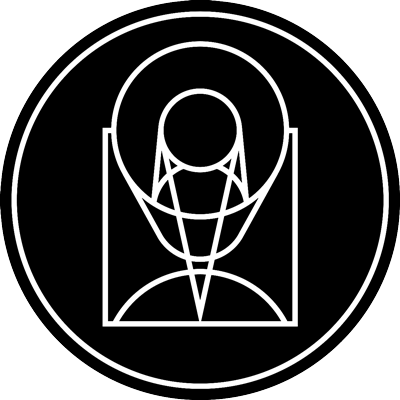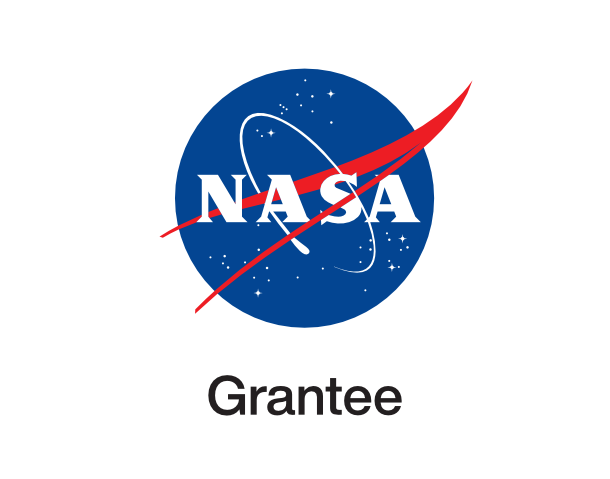What’s in a name?

esahubble_potw2339a September 25th, 2023
Credit: ESA/Hubble & NASA, R. Tully
This Hubble Picture of the Week includes the pithily-named galaxy SDSS J103512.07+461412.2, visible in the centre of this image as a dispersed sweep of dust and stars with a denser, brighter core. SDSS J103512.07+461412.2 is located 23 million light-years from Earth in the constellation Ursa Major. The seemingly rambling name is because this galaxy was observed as part of the Sloan Digital Sky Survey (SDSS), a massive survey that began in 2000 with the aim of observing and cataloguing vast numbers of astronomical objects. So far, it has recorded several hundred million astronomical objects. In the early days of astronomy catalogues, astronomers painstakingly recorded individual objects one by one. As an example, the Messier catalogue includes only 110 objects, identified by the astronomer Charles Messier because they were all getting in the way of his comet-hunting efforts. As the Messier catalogue is so limited, it is sufficient to simply refer to those objects as M1 to M110. In contrast, when a survey as massive in scope as the SDSS is involved, and when huge volumes of data need to be processed in an automated manner, the names assigned to objects need to be both longer, and more informative. To that end, every SDSS object has a designation that follows the format of: ‘SDSS J’, followed by the right ascension (RA), and then the declination (Dec). RA and Dec define the position of an astronomical object in the night sky. RA is analogous to longitude here on Earth, whilst the Dec corresponds to latitude. To be more exact, RA measures the longitudinal distance of an astronomical object from the point where the celestial equator (the mid-point between the north and south celestial poles) intersects with the ecliptic (the plane in which Earth orbits around the Sun). The entire night sky is then carved into 24 slices, known as ‘hours’, measured eastwards from that starting point (which is designated as zero hour). This means that the RA can be expressed in ‘hours’, ‘minutes’ and ‘seconds’. Dec is the angle north or south of the celestial equator, and is expressed in degrees. The RA and Dec of the objects featured in each Hubble Picture of the Week can be found on the lower right side of the webpage! Thus, the SDSS J103512.07+461412.2 name simply tells us that the galaxy can be found 10 hours, 35 minutes and 12 seconds east of the zero-hour point on the celestial equator, and just over 46 degrees to the north of the celestial equator. So that lengthy name is really an identifier and a detailed location in one! [Image Description: A galaxy in the centre of a wide view of space. It is surrounded by a variety of differently-shaped small galaxies. A wide and very flat spiral galaxy, and one star with four prominent diffraction spikes, are noticeable. The galaxy itself is a broad horizontal streak of tiny stars, extending left and right from a dense and bright core of stars in the centre.]
Provider: Hubble Space Telescope | ESA
Image Source: https://esahubble.org/images/potw2339a/
Curator: ESA/Hubble, Baltimore, MD, United States
Image Use Policy: Creative Commons Attribution 4.0 International License

- ID
- potw2339a
- Subject Category
- Subject Name
- SDSS J103512.07+461412.2
- Credits
- ESA/Hubble & NASA, R. Tully
- Release Date
- 2023-09-25T06:00:00
- Lightyears
- Redshift
- Reference Url
- https://esahubble.org/images/potw2339a/
- Type
- Observation
- Image Quality
- Distance Notes
- Facility
- Hubble Space Telescope, Hubble Space Telescope, Hubble Space Telescope, Hubble Space Telescope
- Instrument
- ACS, ACS, ACS, ACS
- Color Assignment
- Blue, Green, Green, Red
- Band
- Optical, Optical, Optical, Optical
- Bandpass
- V, V, I, I
- Central Wavelength
- 606, 606, 814, 814
- Start Time
- Integration Time
- Dataset ID
- None, None, None, None
- Notes
- Coordinate Frame
- ICRS
- Equinox
- J2000
- Reference Value
- 158.80167028239885, 46.23742858023907
- Reference Dimension
- 3846.0, 1901.0
- Reference Pixel
- 1923.0, 950.5
- Scale
- -1.3875952105571877e-05, 1.3875952105571877e-05
- Rotation
- -35.240000000000116
- Coordinate System Projection:
- TAN
- Quality
- Full
- FITS Header
- Notes
- Creator (Curator)
- ESA/Hubble
- URL
- https://esahubble.org
- Name
- Telephone
- Address
- ESA Office, Space Telescope Science Institute, 3700 San Martin Dr
- City
- Baltimore
- State/Province
- MD
- Postal Code
- 21218
- Country
- United States
- Rights
- Creative Commons Attribution 4.0 International License
- Publisher
- ESA/Hubble
- Publisher ID
- esahubble
- Resource ID
- potw2339a
- Resource URL
- http://esahubble.org/media/archives/images/original/potw2339a.tif
- Related Resources
- Metadata Date
- 2023-09-13T22:59:07+02:00
- Metadata Version
- 1.1
Detailed color mapping information coming soon...













